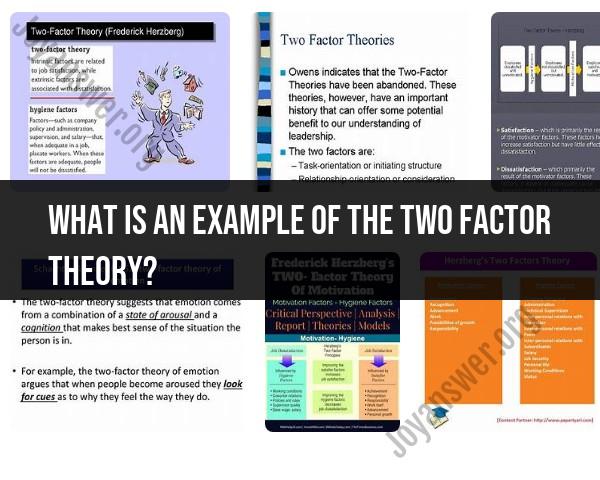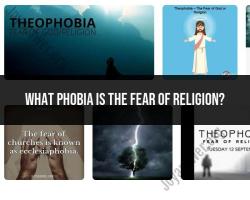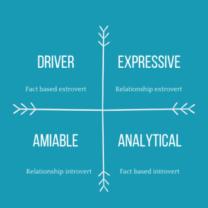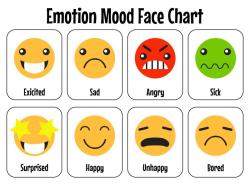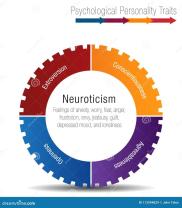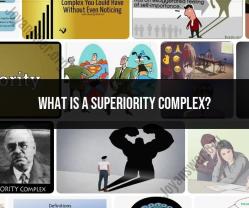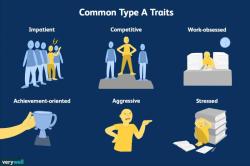What is an example of the two factor theory?
The Two-Factor Theory, proposed by psychologist Frederick Herzberg, suggests that job satisfaction and dissatisfaction are influenced by separate factors: motivator factors and hygiene factors.
Motivator Factors are elements intrinsic to the job itself that contribute to job satisfaction and motivation. These factors include opportunities for achievement, recognition, responsibility, meaningful work, growth, and advancement.
Hygiene Factors, on the other hand, are extrinsic to the job and are related to the work environment and the context in which work is performed. These factors, while not directly leading to job satisfaction, can cause dissatisfaction if they are absent or inadequate. Examples of hygiene factors include salary, company policies, interpersonal relationships, working conditions, and job security.
Here's an example to illustrate the Two-Factor Theory:
Consider a software development company:
Motivator Factors: Employees in this company are given challenging projects that allow for creativity and innovation. They receive recognition for their work and have opportunities for professional growth and skill development. These motivator factors contribute to their job satisfaction and intrinsic motivation.
Hygiene Factors: However, if the company neglects the hygiene factors such as providing fair compensation, a supportive work environment, or suitable office facilities, employees might become dissatisfied even though they find their work interesting and challenging. For instance, if the company has poor communication, inadequate office equipment, or a lack of job security, these factors can lead to dissatisfaction among employees.
In this scenario, the absence of hygiene factors might cause dissatisfaction, but their presence alone might not increase overall job satisfaction. Motivator factors play a more significant role in enhancing satisfaction and motivation in the job.
The Two-Factor Theory suggests that to motivate employees effectively and increase job satisfaction, organizations should focus on providing both adequate hygiene factors to prevent dissatisfaction and motivator factors to promote satisfaction and intrinsic motivation within the workplace.
1. The James-Lange Theory of Emotion
The James-Lange theory of emotion, proposed by William James and Carl Lange in the late 19th century, suggests that emotions arise from physiological changes in the body. According to this theory, when we perceive a stimulus, our autonomic nervous system triggers a variety of physiological responses, such as increased heart rate, sweating, and muscle tension. We then become aware of these physiological changes and interpret them as an emotion. For example, if we see a bear in the woods, our heart starts racing, we start to sweat, and our muscles tense up. We interpret these physiological changes as fear.
2. The Cannon-Bard Theory of Emotion
The Cannon-Bard theory of emotion, proposed by Walter Cannon and Philip Bard in the early 20th century, suggests that emotions and physiological changes occur simultaneously. According to this theory, when we perceive a stimulus, the thalamus in the brain sends signals to both the autonomic nervous system and the cortex. The autonomic nervous system triggers physiological responses, while the cortex interprets these responses as an emotion. As a result, we experience the emotion and the physiological changes at the same time. For example, if we see a bear in the woods, the thalamus sends signals to the autonomic nervous system, which triggers increased heart rate, sweating, and muscle tension. At the same time, the thalamus sends signals to the cortex, which interprets these responses as fear.
3. The Schachter-Singer Theory of Emotion
The Schachter-Singer theory of emotion, proposed by Stanley Schachter and Jerome Singer in the 1960s, suggests that emotional experience results from the interpretation of physiological arousal. According to this theory, we do not have specific emotions for different physiological states. Instead, we experience an undifferentiated state of physiological arousal, which we then interpret as an emotion based on our current situation and social cues. For example, if we are walking down the street and feel our heart racing, we may interpret this as fear if we see a suspicious person in a dark alley. However, if we are at a party and feel our heart racing, we may interpret this as excitement if we are surrounded by friends and music.
Application of the two-factor theory to explain real-world emotions
The two-factor theory of emotion can be applied to explain a variety of real-world emotions. For example, the James-Lange theory can help to explain why we feel happy when we exercise or why we feel anxious when we give a presentation. The Cannon-Bard theory can help to explain why we feel scared when we watch a horror movie or why we feel excited when we ride a roller coaster. The Schachter-Singer theory can help to explain why we feel more emotionally intense in crowds or why we feel more likely to experience emotions that are consistent with the emotions of others around us.
Limitations and criticisms of the two-factor theory
The two-factor theory of emotion has been criticized for its reliance on physiological arousal as the basis of emotion. Critics argue that physiological arousal is not always a reliable indicator of emotion, and that emotions can occur in the absence of physiological arousal. Additionally, the two-factor theory does not adequately explain the role of cognition in emotion. Critics argue that our thoughts and interpretations play a more important role in our emotions than our physiological arousal.
Despite these limitations, the two-factor theory of emotion has been influential in the field of psychology. It has provided a valuable framework for understanding the relationship between physiology and emotion, and it has stimulated further research on the nature of emotion.
